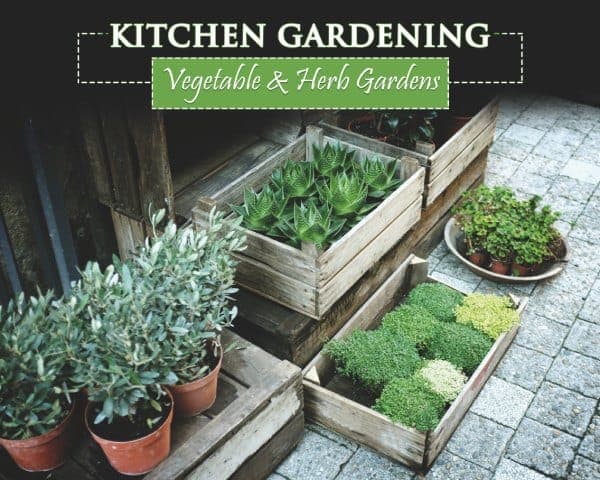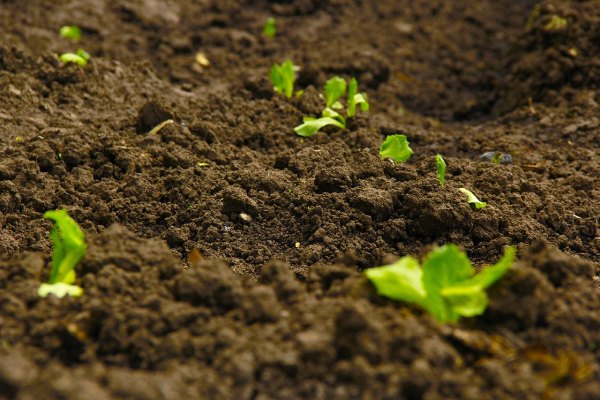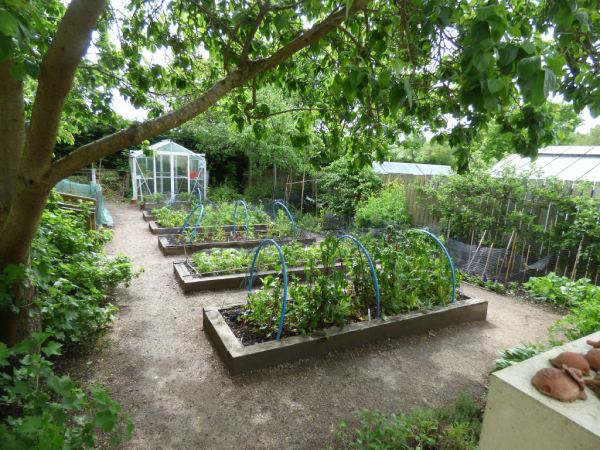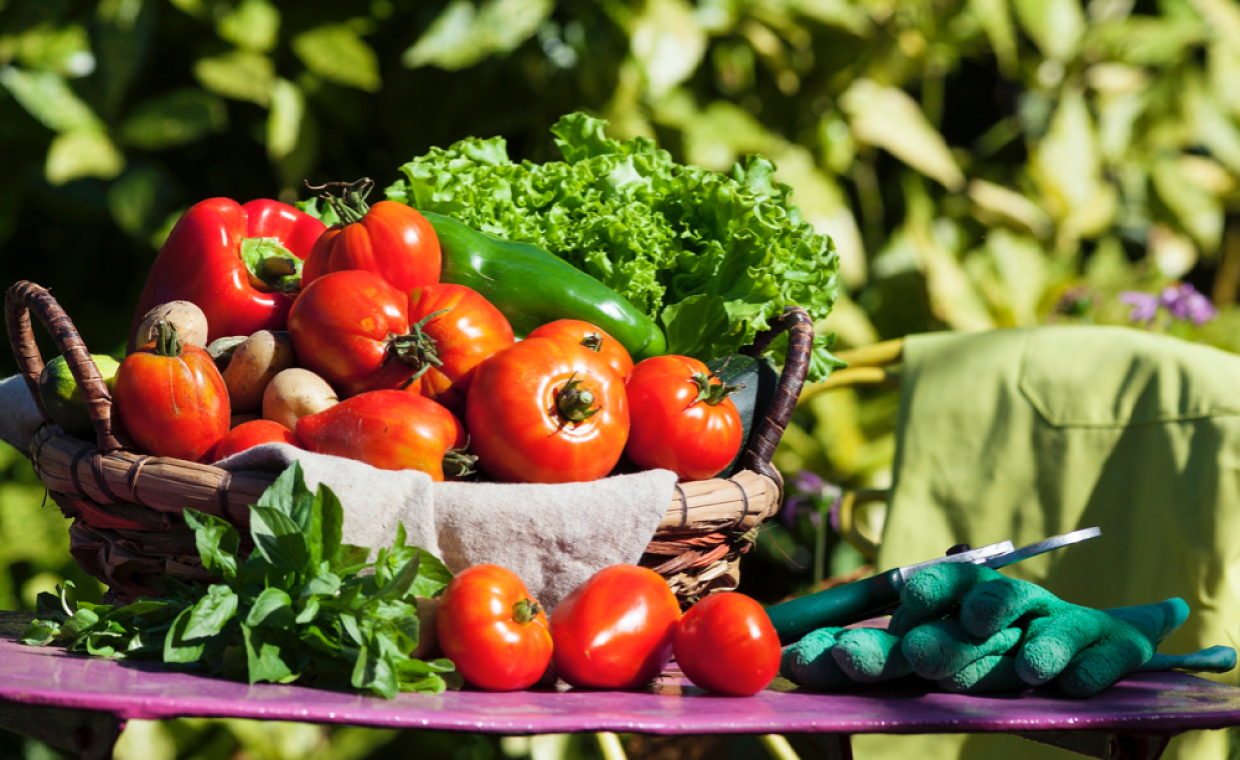
A kitchen garden is a piece of small green in your personal space. It is not only about adding a creative corner for a home maker it is like a green dream incarnate. But a kitchen garden cannot be created overnight. According to pro gardeners, you should start slowly and grow steady! The idea may seem easy but in reality, it’s not that simple to implement, at least in terms of invested effort. Here a few tips are shared from our side about how to start a kitchen garden.
Benefits of Doing Kitchen Gardening
House owners may love to have the arrangement in their homes to make it green and healthy for living. Starting a kitchen garden in your backyard has plenty of advantages for improving your own lifestyle and landscape. By having a kitchen garden, you are not only cultivating fresh veggies for your family, but it is also an excellent way to practice a hobby of creative gardening. Furthermore, it helps in enhancing your mental balance by nurturing something natural and ecofriendly around you. You also get a scope to improve air quality of your home in a natural way.
A well – maintained garden gives your home a lot of curb appeal. It is neither expensive nor much time- consuming if you can follow the basic rules diligently.
Now it is the perfect time to start planning what you’ll grow, as gardening benefits are so many in number!!!
Testing the Soil

Before planning for your kitchen garden, you must analyze the quality of your soil. The type of soil you have would determine what kind of plants would successfully thrive in it. In case you are thinking of making a garden bed, then you may conveniently skip this step. If your plan is to directly plant the seeds, it would be better to test the soil as a precautionary measure.
How to Start a Vegetable Garden at Home?

It is a well quote said by ‘David M. Tucker’ (American Poet & News Editor) “Vegetable gardening might be considered one of the great conservative rituals.” Vegetable gardens are the most common style of the home garden that any homeowner can opt for. You can either set up a garden bed or plant them directly in the soil. Whatever the trick you use, make sure that this particular area has at least six hours of direct exposure to sunlight.
Use the below-mentioned ideas to make sure that your vegetable garden turns into your delightful success.
01. Ensure that the soil of the garden area contains lots of compost and organic matter as this is the primary source of nutrition to the garden. The mix that you make should be such that when you squeeze, it stays together. On the other hand, soil should never be sticky or gluey type which you cannot dig. However, it can be clay based or sand based but in both the ways it has to be powdery or granular in texture. This kind of soil would retain the water and won’t saturate the roots either.
02. Choose the plants that you want to start with. Based on the kind of the weather of your location you should shortlist few plants, which are easier to maintain. This could include popular choices like tomatoes, cucumbers, green onions, peppers, carrots, and peas. Every vegetable that you go for, may take some time to seed and so you have to keep that in mind. You can also plant these seedlings indoors and later transfer them outdoors as and when required.
03. Next, you might have to choose the beds you wish to use for the gardening purpose. The best option is to use the raised/square foot beds. They are inexpensive and can prevent grass from coming inside the garden. You can also think about pots but they are useful for small plants like garlic, peppers, and lettuce only. The benefit of the pots is the portability and low maintenance because of their compact size.
04. However, your garden maintenance largely depends on the local weather. Dry weather gardening and moist weather gardening are completely different. Water is required but overdose of water may turn detrimental to the plants. So use water with care and according to the plant need only.
05. However, hand watering is the best idea at least for the beginners. Not only can you check the plant condition, soil condition, also you also may keep removing the weeds side by side.
06. Pests would definitely bother you when you decide to set up a vegetable garden. In case there are insects, you should opt for using organic methods to control them. You can also use organic products for eliminating harmful worms. However, if you are skeptical about birds, squirrels, snakes, and critters, you may set barriers to restrict their entry in the garden.
How to Start a Kitchen Herb Garden in your Home?

If you do not have enough space for making a vegetable garden, you can try planting herbs instead. Not only it will have plenty of healthy greens at your easy access, in return, you will be getting some exotic spices to add to the lavor of your food at free of cost. But the truth here is that herbs require more detailing and hard work. Try the specific plantation if you’re really interested.
Take a look here how you can set up an herb garden.
01. The steps involved in creating an herb garden are almost similar to creating a vegetable garden at home. You need to know that a definite space has to be there between every two herbs. For example, Basil and lavender need at least two feet space between them to grow properly. On the other hand, herbs like chives and dill can grow close enough to each other.
02. Read and research about how much light each herb would need. Some herbs like rosemary need sunlight in abundance, but if you plant cilantro under direct sunlight, over exposure to heat will surely kill the plants. However, some easier plantations, good to plant are basil, lavender, thyme, rosemary, cilantro, mint, oregano and parsley. You may try your hand in making your herb garden with these varieties. The study conducted for (old Turkish Cypriot town Lefke, Cyprus) traditional homes who has the home garden size of about 40 to 250 sq. mts, reveals that the most widely herbs used for plantations was mint and oregano for its various health benefits (Gökçebag M, Özden Ö (2017)).
03. Unlike vegetables, the herbs need to be harvested as frequently as possible. Often new gardeners suspect that by doing so the herbs may get damaged but that is not at all true. By frequent harvesting, better and more foliage can be produced which can increases the yield. If you want you can even dry or freeze the herbs so that you can use them round the year.
04. Check daily if the herbs need watering or not. Especially during summer season herbs in container potting may need frequent watering as the chances of the soil drying are quite high. If you see the topsoil is dry, you should water the herb immediately. You must also offer the pots liquid plant food every week so that the nutrition level of the pot-soil is well maintained.
Conclusion:
So, if you have decided to create a kitchen garden in and around your home, you need to choose between an herb and a vegetable one at least initially. Once you get your experience, you may have both the varieties of gardens for your kitchen need.
Regardless the variety of garden you will be chosen you would have to invest your sincere efforts before enjoying the fruits. By following the above steps carefully, you can ensure that your kitchen garden will be flourishing within no time and it will prove your mettle as a creative home maker too.
Also Read:
Landscape Architecture | Creating A Blissful Outdoor Spaces!
How your Outdoor Patio can Change into your Private Retreat?
Author Bio
Garima Bais – I am a blogger writing on topics like parenting, love, life, beauty and travel. Belonging to a country with a deep heritage India I am an eternal optimist and believe that whatever life gives to you should be taken with gratitude. Do let me know your take on my articles in the form of comments.



































